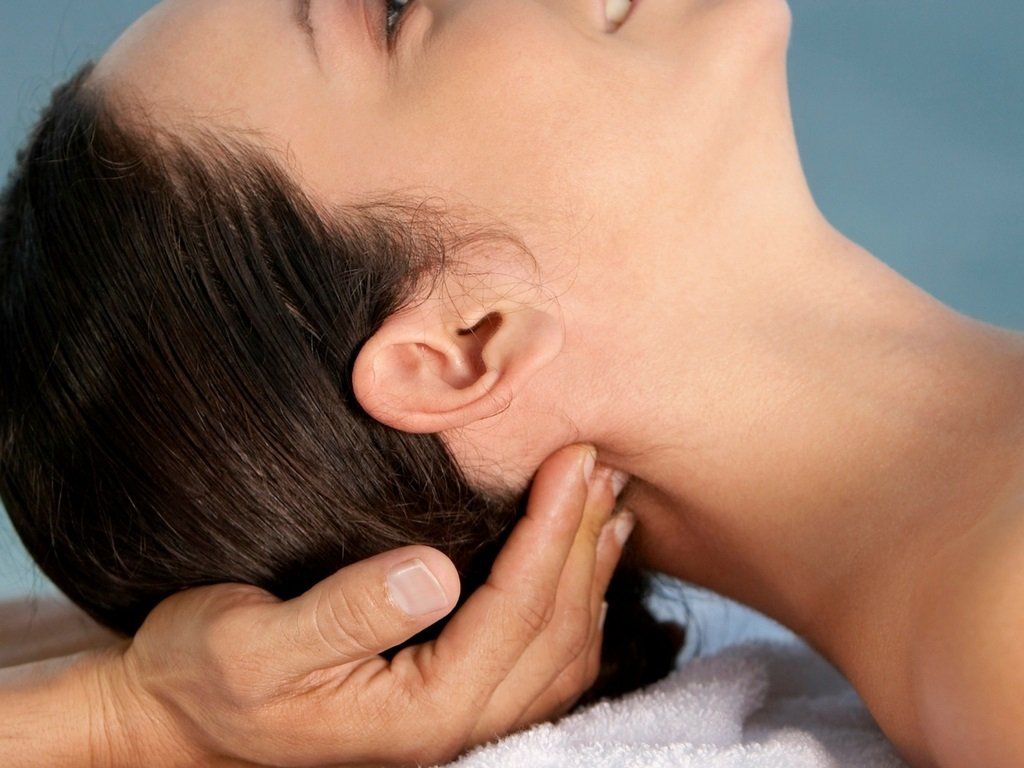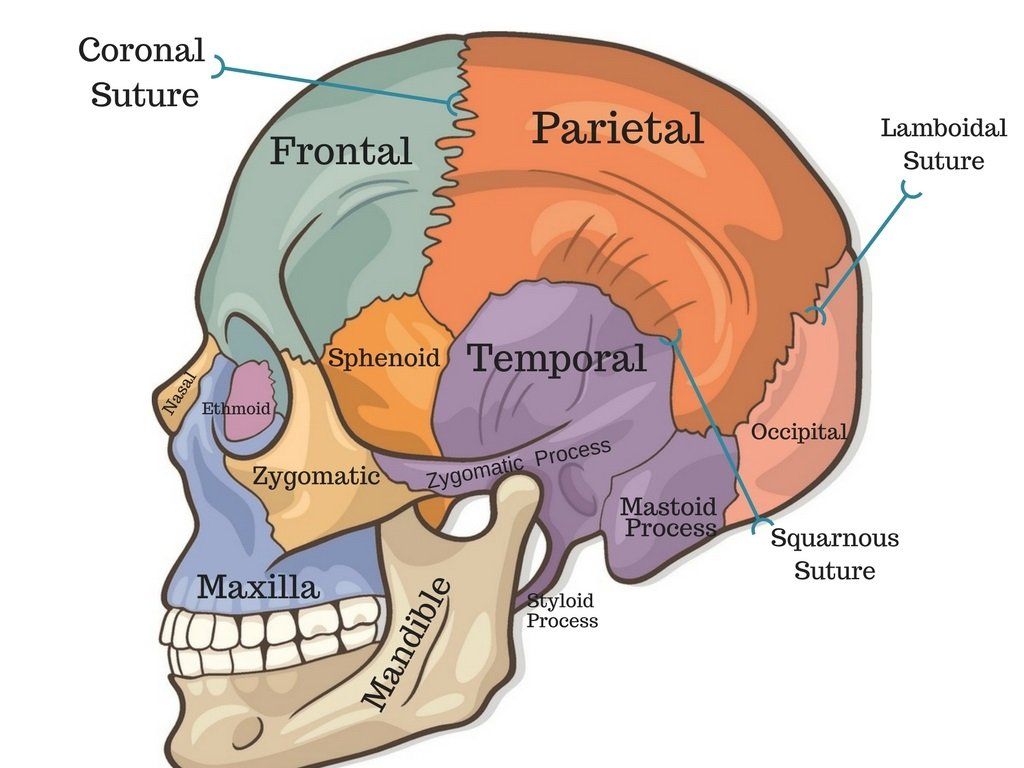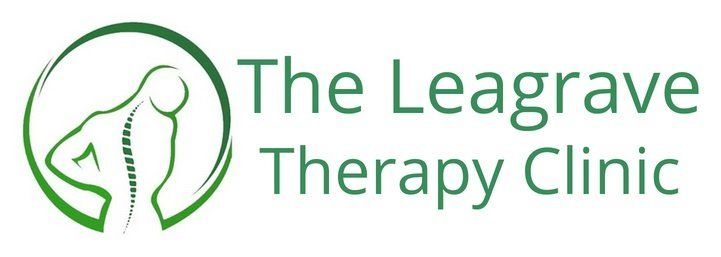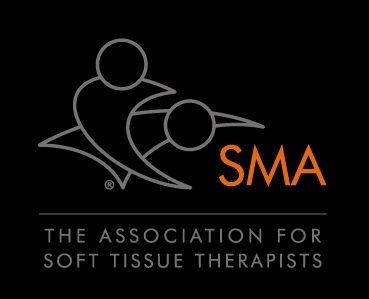Cranial Osteopathy


Cranial osteopathy is a non-invasive, subtle and gentle type of treatment that encourages the release of compressions, stresses and tensions throughout the body, including the cranium or head. It's gentle approach may be used in a wide range of conditions for people of all ages, from birth to old age.
Tensions can affect breathing and feeding quality, drainage and resistance to infection, balance and quality of movement.
When we experience physical or emotional stresses our body tissues tend to tighten up. The body may have been able to adapt and compensate to these effects and tensions over time, but a lasting strain often remains. Gradually the body may find it more difficult to cope with accumulated stresses and symptoms may develop.
Cranial osteopathy is also known as cranio-sacral (CST) therapy and can be used to treat the whole body. As an observer and patient, its very light touch can often feel and look like nothing is happening or being done. Sometimes patients report to experience release in tension straight afterwards and other times nothing is felt until days after the treatment.
What Does The Research Say?
The above research study objectively explains how measurements of the Cranial Rhythmic Impulses (CRI) that many practitioners describe to feel during palpation have been few and unreliable. This is because researchers, if looking for physical movement in the skull, have had difficulty detecting very small ranges of movement (probably less than 0.3 ram) in living subjects.
But...
There are researchers who call all the rhythmic fluctuations in blood pressure (BP) 'Traube-Hering-Mayer' (THM) waves. These waves have been shown to be synchronous with the palpation of the Cranial Rhythmic Impulse. There is a poor record of palpation of cranial rhythms (CRI), but such findings need to be treated with care, as they potentially open up interesting possibilities for the physiological basis for and measurement of the CRI.
In the past the problem has been that clinical practice seems to be successful, yet the theories behind cranial osteopathy have been controversial and reliable research has not been able to validate the concepts and practice. One of the reasons for this has been the limitation of available technology
that can make reliable and reproducible measurements of the phenomena involved.
Future Research Proposals
Various methods have been tried over the years, but generally they have been one-off experiments with questionable methodology or unreliable technology. Recent improvements in technology mean that it is now possible to reliably measure changes in cranial bones, for example using functional
Magnetic Resonance Imaging (MRI) or pulsed phase-lock loop ultrasound.
Blood pressure (BP) fluctuations can be measured in a clinical setting using a 'Finapres' device attached to a finger which, when combined with the appropriate software can be used to analyse arterial BP waveforms which correlate well with changes in cerebral blood flow. Changes in the heart rate variability (HRV) can be measured with electro-cardiograms (ECG), thus if the model proposed in this paper is feasible then reliable research should be able to support or refute it.
Reference
Ferguson, A. 01582 596 380 A Review of the Physiology of Cranial Osteopathy, Journal of Osteopathic Medicine, 6 (2): 74-88.



